India/May 08, 2018/by RITU SHARMA/ Source: http://indianexpress.com
Last month, the Gujarat government wrapped up its eighth edition of evaluation of government primary schools, Guntosav. The findings of the National Achievement Survey, released by the Centre’s HRD Ministry in January, overall paint a dismal state of school education in Gujarat.
Despite the Gujarat government’s claim of improving the quality of education, the situation on the ground is very different. With the state facing criticism for failing to do a lot, the findings of the National Achievement Survey (NAS), released by the Centre’s HRD Ministry in January, shows that the state has a lot of catching up to do.
The survey, which was conducted in all the 33 districts of the state interviewing over 1.25 lakh students, shows a consistent decline in the learning levels of students in mathematics, language and science from Class III to Class VIII in the government school system — both government schools and government-aided schools. The drop in the overall learning levels being sharp in all the three subjects.
For instance, the response level of students fell from 65 to 47 per cent in mathematics, 71 per cent to 64 per cent in language and 68 to 52 per cent in science subjects.
 The dismal state of the primary education in Gujarat could be gauged from the NAS findings. For example, in Class III, 41 per cent of students could not read and write numbers up to 999. The situation worsens as one interviews students from higher classes. For instance, more than half of the 41,393 Class VIII students (53 per cent) could not solve problems on daily life situations involving addition and subtraction of fractions and decimals and nearly 7 out of 10 students (69 per cent) could not calculate the surface area and volume of a cuboidal and cylindrical object.
The dismal state of the primary education in Gujarat could be gauged from the NAS findings. For example, in Class III, 41 per cent of students could not read and write numbers up to 999. The situation worsens as one interviews students from higher classes. For instance, more than half of the 41,393 Class VIII students (53 per cent) could not solve problems on daily life situations involving addition and subtraction of fractions and decimals and nearly 7 out of 10 students (69 per cent) could not calculate the surface area and volume of a cuboidal and cylindrical object.
While 4 out of 10 students of Class V could not read and write numbers bigger than 1000 being used in their surroundings, 56 per cent of Class VIII students could not interpret division and multiplication of fractions.
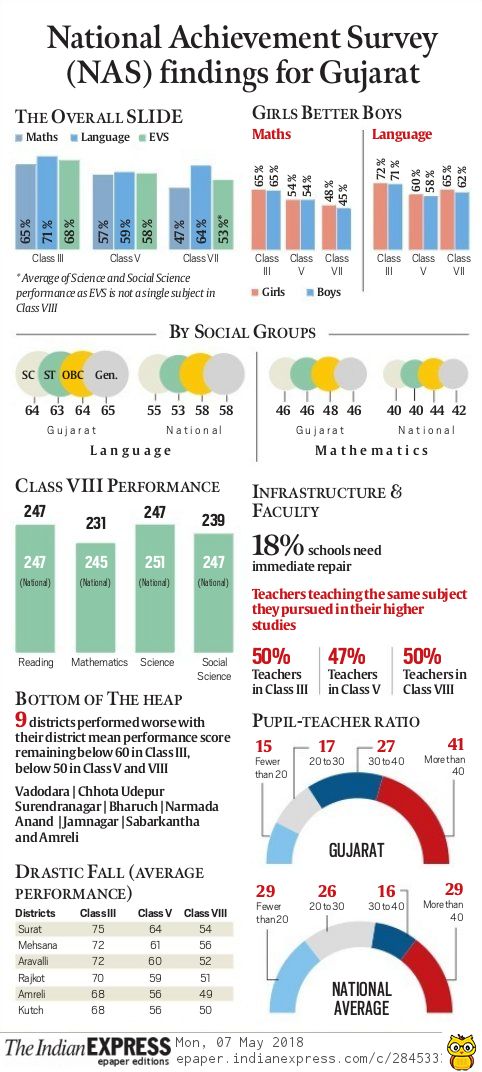 Faring even low in social science, only 27 per cent Class VIII students were able to describe the functioning of rural and urban local government bodies and 91 per cent failed to justify judicious use of natural resources. However, when it came to issues related to caste, women, social reforms, 63 per cent students could analyse them. At the same time more than half of the Class VIII students failed to apply knowledge of Fundamental Rights to find about their violation in a given situation.
Faring even low in social science, only 27 per cent Class VIII students were able to describe the functioning of rural and urban local government bodies and 91 per cent failed to justify judicious use of natural resources. However, when it came to issues related to caste, women, social reforms, 63 per cent students could analyse them. At the same time more than half of the Class VIII students failed to apply knowledge of Fundamental Rights to find about their violation in a given situation.
The good news from the survey was the performance of girls performing marginally better than boys. However, when it comes to gender enrolment ratio — percentage of eligible girl population (in the age group of 18 to 23 years) pursuing higher education — Gujarat is in the bottom heap of eight states with poor GER ratio. [See What after school?]
NAS vis-à-vis Gunotsav
While the state government claims of improving the quality of school education through its own Gunotsav surveys, lakhs of students failed to write simple sentences in their mother tongue, Gujarati. As reported by The Indian Express earlier, the Gunotsav VI results revealed that despite attempts being made to improve performance of the students, the state’s average could reach only 53.4 per cent — same as the last Gunotsav V.
Even as the state government claims that in the last seven years, schools under Grade A category has increased from 5 to 2,100, the NAS findings show a geographically skewed performance of schools.
For Class VIII, four districts scored a mean average of below 50 in the NAS. While Bharuch scored 44, two districts from Saurashtra — Amreli and Jamnagar — scored 29 and 48, respectively. The tribal districts of Sabarkantha and Narmada scored 48 and 46, respectively.
In Bharuch, the district with lowest performance learning outcomes, only 25.41 per cent students could solve problems related to daily life situations involving rational numbers, 26.13 per cent could calculate surface area and volume of a cuboidal and cylindrical object, 27.10 per cent could generalise properties of addition, subtraction, multiplication and division of rational numbers through patterns and 30.48 per cent could solve problems related to conversion of percentage to fraction and decimal and vice versa.
However, if the performance of Class III, V and VIII are taken together, then nine of the total 33 districts make it to the bottom of the heap. They are Vadodara, Chhota Udepur, Surendranagar, Bharuch, Narmada, Anand, Jamnagar, Sabarkantha and Amreli. (See box)
 For the government, the solace from the NAS findings is that the government schools have performed marginally better than grant-in-aid schools across the three subjects as well as classes. For instance, in Class III, the learning level of students in government schools in environment science is 68, compared to 63 of grant-in-aid schools, 72 against 69 in language and 65 against 61 in mathematics. In Class V, the performance gap in science was 10 per cent, maths 12 per cent and language 7 per cent with government school students faring better than grant-in aid schools. Similarly, in Class VIII, the highest gap is in social science where 54 per cent students of government schools could perform exercises compared to 46 per cent students of in grant-in-aid schools.
For the government, the solace from the NAS findings is that the government schools have performed marginally better than grant-in-aid schools across the three subjects as well as classes. For instance, in Class III, the learning level of students in government schools in environment science is 68, compared to 63 of grant-in-aid schools, 72 against 69 in language and 65 against 61 in mathematics. In Class V, the performance gap in science was 10 per cent, maths 12 per cent and language 7 per cent with government school students faring better than grant-in aid schools. Similarly, in Class VIII, the highest gap is in social science where 54 per cent students of government schools could perform exercises compared to 46 per cent students of in grant-in-aid schools.
These numbers may be comforting for the government, but the NAS surveys and the government’s own reports point to poor school infrastructure and need for better quality teachers.
According to the government’s own data, a large number of posts of teachers and principals are lying vacant in government schools. In the residential schools in the tribal districts, the figure is staggering — over one-third teachers’ posts are lying vacant.
The state government runs several categories of residential schools — Eklavya Girls Residential schools, Adarsh Nivasi Shala, Model schools and Ashram Shalas in the 14 tribal districts of the state. But poor facilities in such affect the education. For instance, the government has spent over Rs 6.5 lakh to improve English among the students in one tribal district of Dang. But the same district has the highest percentage of vacant posts (47.3 per cent) among the seven tribals districts, according to the government’s reply in the last Assembly session.
The NAS too has found poor pupil-teacher ratio in the state. According to it, 41 per cent of schools in Gujarat has pupil-teacher ratio of above 40. Nationally, the percentage of such schools is only 29 per cent. Similarly, while the healthy pupil-teacher ratio of fewer than 20 is found in 29 per cent of schools annually, it is only 15 per cent in Gujarat.
The survey also found that 47 per cent of the 2,630 teachers taught students of Class V the same subject they pursued during their higher studies. It also found that 18 per cent of school buildings were in need of urgent repair.
Fee regulation quagmire
In all these years, the crumbling school infrastructure and the declining standard of education in government and government-aided schools have led to a boom in the number of private schools in the state. Though the number of government schools stands at 44,000, the state currently has over 16,000 private schools — 9,300 primary, 3,800 secondary and 3,100 higher secondary schools.
The increase in demand of private schools also led to a surge in the fees. With parents finding it difficult to pay high fees, the government last year passed a law to regulate the school fees. The Gujarat Self Financed Schools (Regulation of Fees) Act is aimed at fixing the annual fees at Rs 15,000 for primary eduction, Rs 25,000 for secondary and higher secondary (non-Science). However, the law has not been implemented till now in full due to numerous litigations and political slugfest over it.
“Trying to have some control over private schools in a way is good, but its political misuse made schools and education sector lose its dignity,” Gujarat Self Financed School Management Federation general secretary Bharat Gajipara.
The federation claims that the schools are ready to fix the fee at Rs 15,000 for the primary classes, but the state government should also lay down specific guidelines. “For instance, there needs to be guidelines on how much fans a classroom should have; how many children should be in a class; how many teachers among other things. We are ready not to collect extra fees, the government can keep that but give our teachers salaries and the expenses incurred by the school,” Gajipara says.
Even the parents are not happy with the turn of the events. “We have lost faith on all fronts in the last one year. More than any good, the fee regulation Act has harmed everybody,” says Amit Panchal, one of the parents spearheading the protests for over an year now. “The stricter implementation of the Act could be one measure to safeguard affordable quality education but for a long-term solution, the state government needs to improve its government as well as grant-in-aid schools. To counter the burgeoning fee demand of private schools, there is a necessity to raise an alternate affordable education system, which in this case are government and grant-in-aid schools,” says Sukhdev Patel, founder of Waali Swaraj Manch, a parents’ outfit.
Govt’s defence
The state government, however, blames the “falling standards of primary education” on the landmark Right to Education Act and its no detention policy. The law which was enacted by the previous UPA government at the Centre has been consistently opposed by BJP-led government in the state, demanding the rules to be revoked for the last two years.
“In the NCERT meeting with the Human Resource Development Minister Prakash Javadekar, I had categorically stated that until the Right to Education Act’s provision for no holding back a student till Class VIII is done away with, the quality of primary education will deteriorate,” says Education Minister Bhupendrasinh Chudasama said.
But the government’s own measures to improve quality of education by introducing NCERT books has led to criticism. Some of the government’s policies like making Gujarati compulsory till Class VIII in all boards in a phased manner has led to a resentment among schools as well as parents. “The new lot of vidyasahayaks (primary teachers) is very talented and intelligent. I am sure with the energy and dedication, the government school students will be at par with any good private school,” Chudasama promises.
Source:
http://indianexpress.com/article/education/hardlook-state-of-education-in-gujarat-part-ii-5166122/

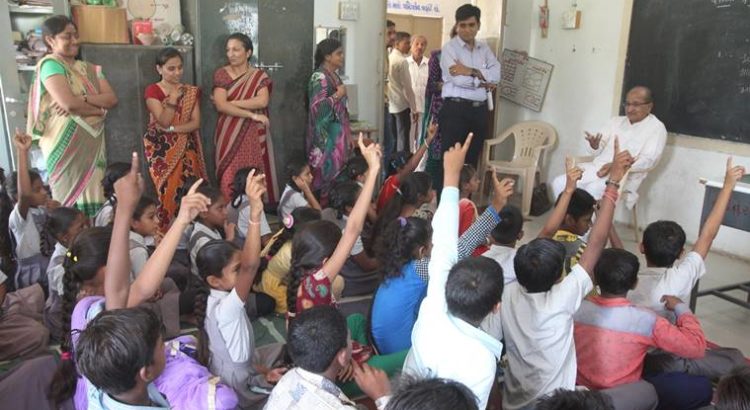



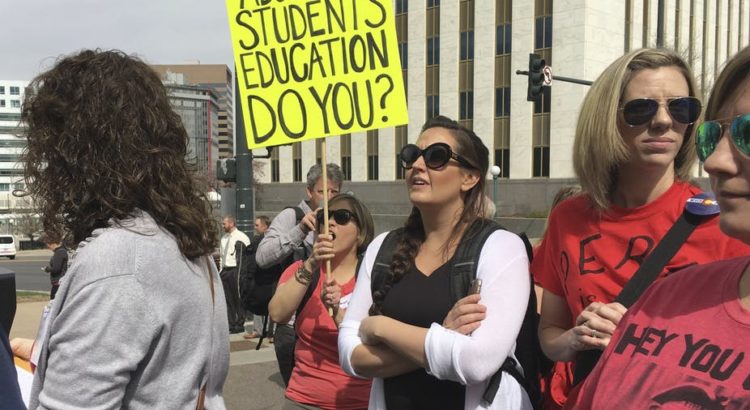
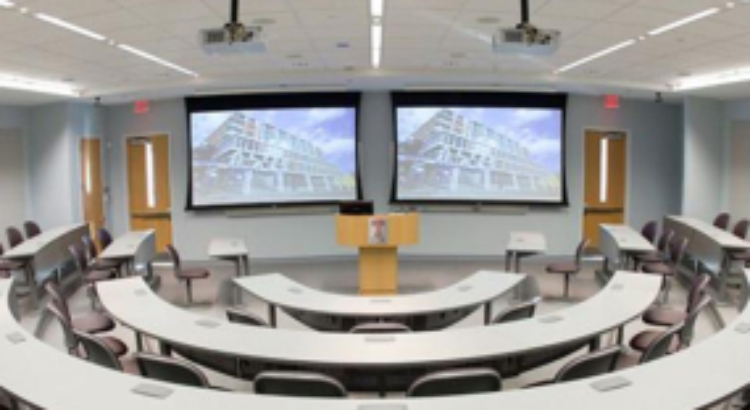
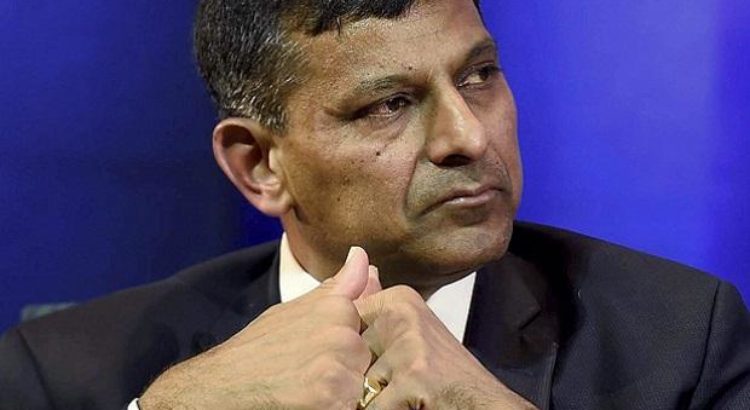
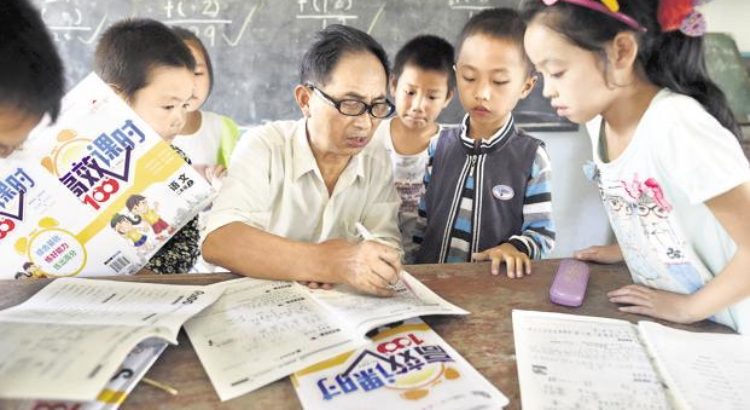







 Users Today : 39
Users Today : 39 Total Users : 35460580
Total Users : 35460580 Views Today : 55
Views Today : 55 Total views : 3419537
Total views : 3419537